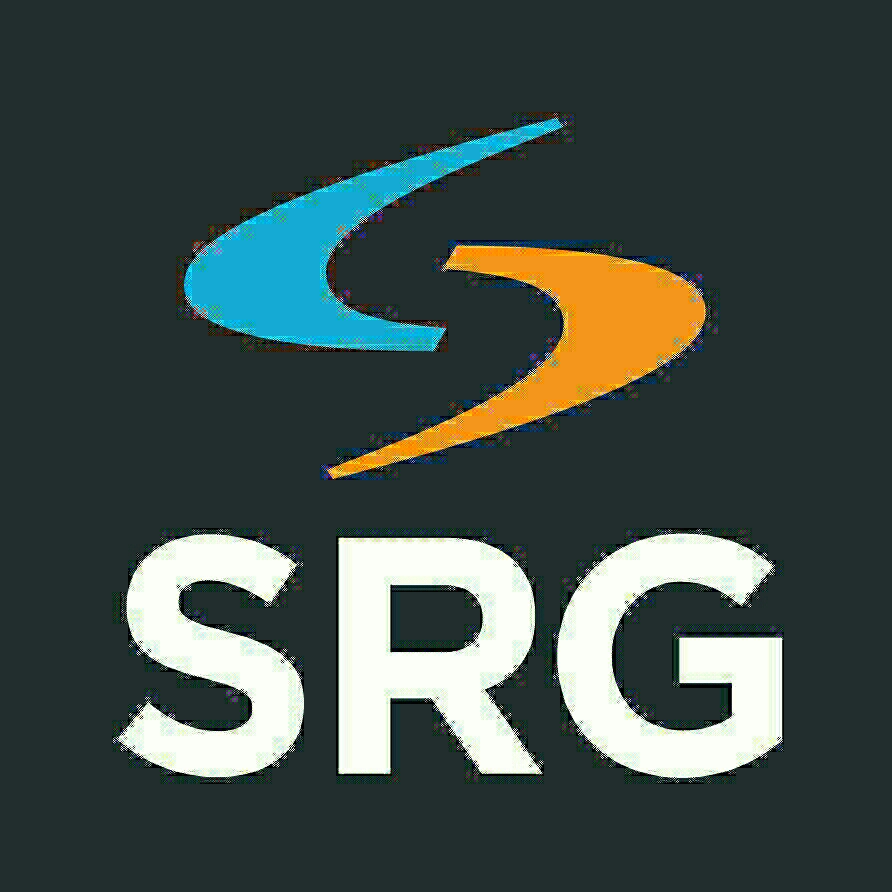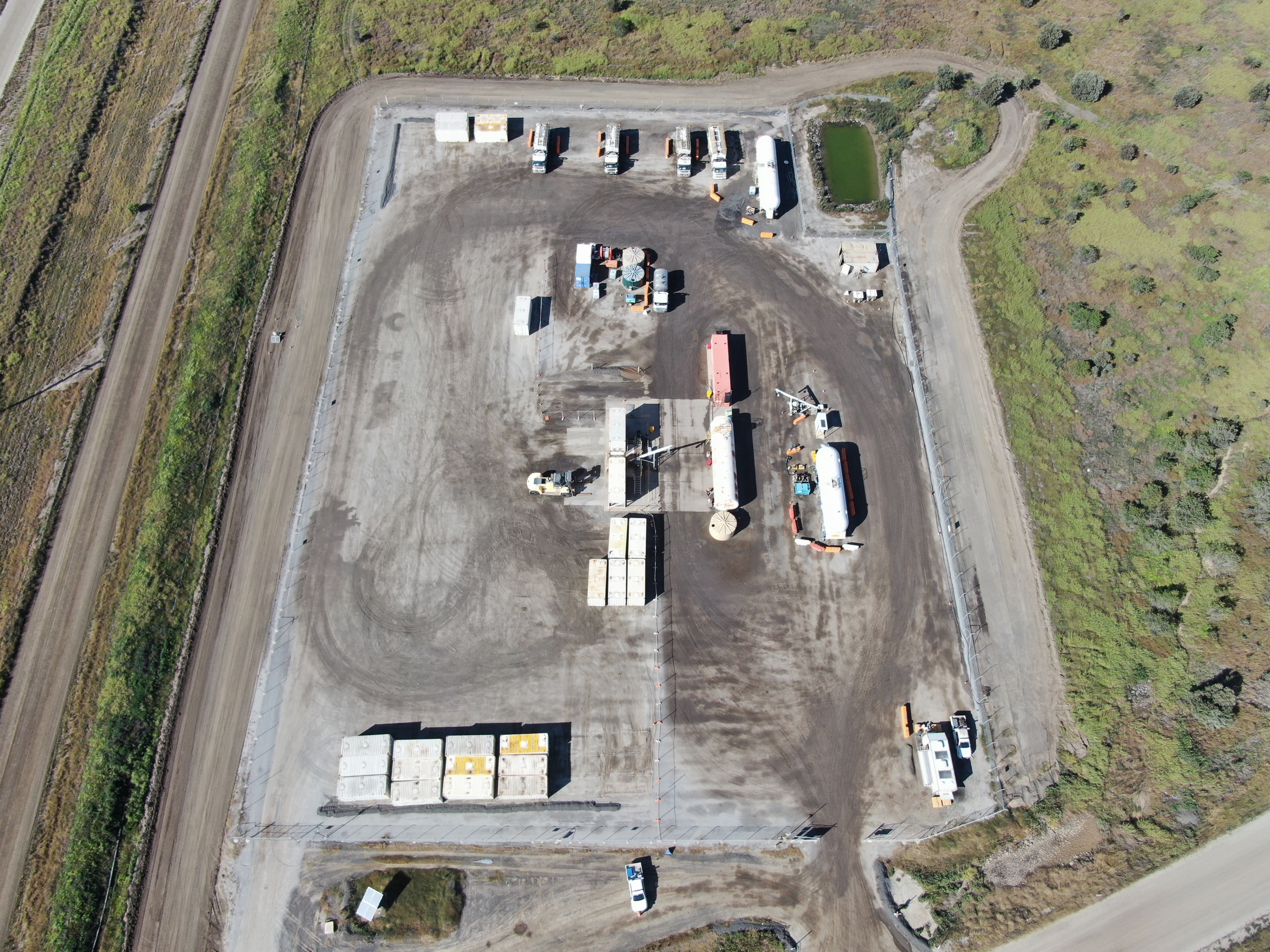Information
-
Document No.
-
Client / Site
-
Area Inspected
-
Conducted on
-
Prepared by
-
Location
INSPECTION INFORMATION
-
When completing the checklist apply the definitions below to determine if the item/areas being inspected comply with the standards. All non-compliances should be marked as a Non-Conformance and be categorised as either an A, B or C priority. Details are to be entered into the actions required/comments section to indicate the actions required to rectify the deficiencies. Not Applicable: N/A to be recorded if not relevant to the area being inspected. Compliance: Acknowledge if the item/area being inspected complies with all requirements of the standard. Non-Compliance: The item/area being inspected does not comply with all the requirements of the standard. (The letters below will indicate class/priority of action required). - Class A: Condition or practice likely to cause a potential catastrophic loss: Stop the inspection immediately, notify Supervisor and Superintendent, restrict access to the area. - Class B: Condition or practice likely to cause a serious loss: Notify Supervisor. - Class C: Condition or practice likely to cause a minor loss: Notify Supervisor.
TRAINING AND ASSESSMENTS
-
Have all Supervisors and Shotfirers read and understood the project Explosive Management Plan?
-
Are all Shotcrew trained and assessed as competent?
-
Are personnel operating drilling equipment trained and assessed as competent ?
-
Are all Blast Guards trained & assessed as competent?
-
Is the Blast Controller trained & assessed as competent?
-
Are all training records available on site?
-
Have the Shotfiring and Magazine Controller Appointments been completed?
-
Are all persons handling explosives recorded in the SRS register as approved for supervised and unsupervised access via the nomination form?
-
Is the project training matrix current and all records logged in ConnX?
OPERATING COMPLIANCE
-
Are pressure vessel test certificates for drills current and available?
-
Are pre-starts completed for all equipment?
-
Are JHA’s completed, reviewed and signed onto at the required times?
-
Are lost drill consumables reported with locations recorded?
-
Do drillers have approved drill pattern plans prior to commencing drilling?
-
Is housekeeping within the office maintained?
-
Are there Safety Data Sheets (SDS) for all substances available on site?
-
Is the Safety Data Sheet (SDS) register up to date?
-
Are patterns cleaned up to a safe standard?
-
Are open edges delineated/windrowed?
-
Are drilling patterns demarcated with windrows, delineators, signs & orange cones?
-
Has the bench been inspected for misfires before drilling commences?
-
Are dust conditions controlled using water injection during drilling?
-
Are drill patterns kept free of rubbish, rags, old drill rods, etc.?
-
Are blast notice boards correct?
-
Are holes being dipped, back filled, redrilled and logged as per specification?
-
Do the Shotfirers have the approved blast plan prior to the commencement of charging operations?
-
Are holes being loaded to specification?
-
Are blasting patterns demarcated with windrows, signs, cones and flagging as required?
-
Are loaded bomb ute box doors kept closed & locked when not used?
-
Is the shot ute and MPU truck parked 8m inside the delineated area?
-
Are primers being lowered into position safely and secured on the surface with primer at correct depth?
-
Check to see that personnel do not forcibly press any Detonator into a booster.
-
Are differences between the design and actual charge recorded in the charge sheet?
-
Do all personnel charging blast holes understand the charge sheet and blast design?
-
Are all movements of equipment on a primed/loaded shot guided by spotters using agreed hand signals?
-
Has the MPU Operator planned out the sequence & access for loading all holes on the shot with the Spotter, Shotfirer and Stemming Loader Operator?
-
Is the firing position outside the blast clearance distance?
-
Is the site prescribed exclusion distance (min 500m) being used and are precautions taken to prevent injury to persons, and damage to property, from fly rock?
-
Are all means of entry to the blast exclusion zone guarded against entry?
-
Has the person firing ensured that warning notices are removed after the blast is fired and cleared?
-
Is there an audible warning device required at the project?
-
Is the audible signal sounded before and during the firing activity?
-
After firing, does the Shotfirer wait until all blasting fumes are cleared before inspecting the shot for misfires?
-
After firing, is the workplace inspected by the Shotfirer or other competent person, before work recommences?
-
Are misfires reported immediately to the Blast Controller, Manager?
-
Is there a misfire procedure and misfire record book?
-
Do employees know and understand the firing procedure?
-
Is there a procedure in place to promptly dispose of all damaged/deteriorated explosives or detonators?
-
Is there evidence that the relevant procedures are being complied with?
MAGAZINE COMPOUND
-
Are the magazine compound gates securely locked?
-
Are registered locks being used on magazine gates and explosive vehicle bomb boxes?
-
Is there explosive, no smoking and no naked flames signs on all sides of the fence?
-
Is there an “Orange Diamond” Explosives signs for an displayed at all approaches to compound.
-
Are there hazchem signs displayed at all approaches to the compound?
-
Are explosives and loader/mpu separation distances being observed and are they correct?
-
Is there a compound plan showing the required separation distances displayed at the explosive compound?
-
Is the compound set out correctly according to the compound plan, provided for licencing?
-
Are fire extinguishers available, in date and locations marked with signage?
-
Is the compound free of rubbish and combustibles?
-
Are the magazines earthed at two opposite points?
-
Is there an earth test certificate which states 10 ohms or less, that is not less than 12 months old?
-
Is the earth grid a minimum 2m from the magazines, installed at right angles to the magazine?
-
Has the magazine any faults, (damage to lining, mesh covering vents, floor, locks)?
-
Are the magazine doors correctly locked?
-
Is the magazine number prominently displayed?
-
Is there emergency contact details displayed at the compound?
-
Are the explosives storage licences current and displayed inside each magazine?
-
Are the DG and SRS licences current and displayed in the compound?
-
Is the first page of the explosive theft, fire and electrical storm procedure displayed in the magazine?
-
Are there Safety Data Sheets (SDS) for all explosives available in the magazines? (at the gates)
-
Is the daily explosives stock register book for explosives movements up to date and correct?
-
Are packaged and bagged explosives/detonators stacked 100mm away from the wall to allow for ventilation?
-
Are detonators and explosives stored separately?
-
Is there a system in place to rotate stock?
-
Are explosives stacked no more than 2.0 metres high?
-
Are all explosives/detonators stored in their original packaging?
-
Has any explosive quantity in excess of that used been accounted for and returned to the magazine?
-
Is there a dust pan & brush, broom and door mat in each magazine?
-
Are the stock levels maintained within the limit of the licence?
-
Is the DG storage & handling area tidy with all spills cleaned up?
-
Does the MPU load explosive a minimum distance of 15m form the magazines?
-
Are the magazine keys in the possession of the Appointed Magazine Controller and kept secure at all times?
-
Have Appointed persons been entered into the Mines Record Book and has a copy of the letter of appointment been fixed into the Mines Record Book?
-
Are explosives, blasting agents or detonators being transported in the approved containers and manner?
-
Is there just enough explosive or blasting agent in the workplace as is required for immediate use?
-
Are employees provided with approved equipment for transporting explosives, blasting agents and detonating accessories?
-
Are bund walls free of rocks?
PEOPLE ITEMS
-
PPE – correct use, good condition and readily available.
-
Check current isolations for correct use.
-
Check Danger tags and Out of Service Tags for correct use.
-
Check lifting techniques and correct posture.
-
Are SOP’s being observed.
-
Is correct handling of hazardous substances being observed.
-
Are wheel chocks in use?
FITTERS YARD/WORKSHOP–GENERAL REQUIREMENTS (WHICH COVERS ALL AREAS LISTED BELOW)
-
Are walkways delineated and free of obstructions?
-
Is machine guarding in place and secure?
-
Are JHA’s in use and followed/signed by all employees involved in the work/task?
-
Are Fire Hoses unobstructed?
-
Are there clear paths of travel for Emergency Exits?
-
Are ladders in good working order and recorded on the ladder register?
-
Do electrical tools and equipment carry a current test tag?
-
Are lines and leads neatly stored when not in use?
-
Are welding screens in good condition and in place when required?
-
Is the earth clamp as close to the weld as possible?
-
Are gas bottles stored correctly?
-
Are Flashback Arrestors used at both the regulator and the gauges?
-
Emergency Shower – tested?
-
Is there any evidence of oil spills?
-
Rubbish bins not overflowing<br>and are benches neat and tidy?<br>
-
Drains flowing freely.
-
Waste Management maintained – hydrocarbons & filters.
-
Wash down area, clean and tidy.
-
Office area, clean and tidy.
-
First Aid kit in place and fully stocked.
-
Emergency procedures/contacts displayed.
-
Office area Air-con filters clean.
STORE
-
Stacking and storage neat and shelf racking loads not exceeded.
-
Are hazardous substances stored correctly?
-
Are SDS for hazardous substances readily available?
-
Are benches neat and tidy?
-
Is there correct and appropriate signage in place?
BULK TANKS
-
Check bunding for leaks.
-
Is bunding empty and clear of vegetation?
-
Is there correct and appropriate signage in place?
-
Is there clear access?
-
Are Fire extinguishers in place and carry a current test tag?
FLAMMABLE MATERIALS STORAGE
-
Is ventilation and lighting adequate?
-
Are SDS for substances readily available?
-
Is the store free from caustic material?
-
Emergency Eyewash station – tested<br>(Portable eyewash stations only: Date of last water treatment within 3 months?)<br>
HOSE CONTAINER
-
Is the Cut Off saw in a good working condition?
-
Is the Hose Crimping Press in a good working condition?
-
Is the storage of hoses neat and tidy?
-
Is the exhaust fan working?
CRIB ROOM AND AMENITIES
-
General Housekeeping.
-
Benches clean and tidy.
-
Fridge clean and tidy.
-
Waste disposal adequate.
-
Emergency Exits clear.
-
All electrical items tested and tagged.
-
Air-con filters clean.
OTHER CONSIDERATIONS
-
Are there any breaches observed not listed in this document?
SIGN OFF
-
ALL PARTIES TO SIGN THE AUDIT
-
AUDITOR
-
SUPERVISOR
-
HSE REPRESENTATIVE









